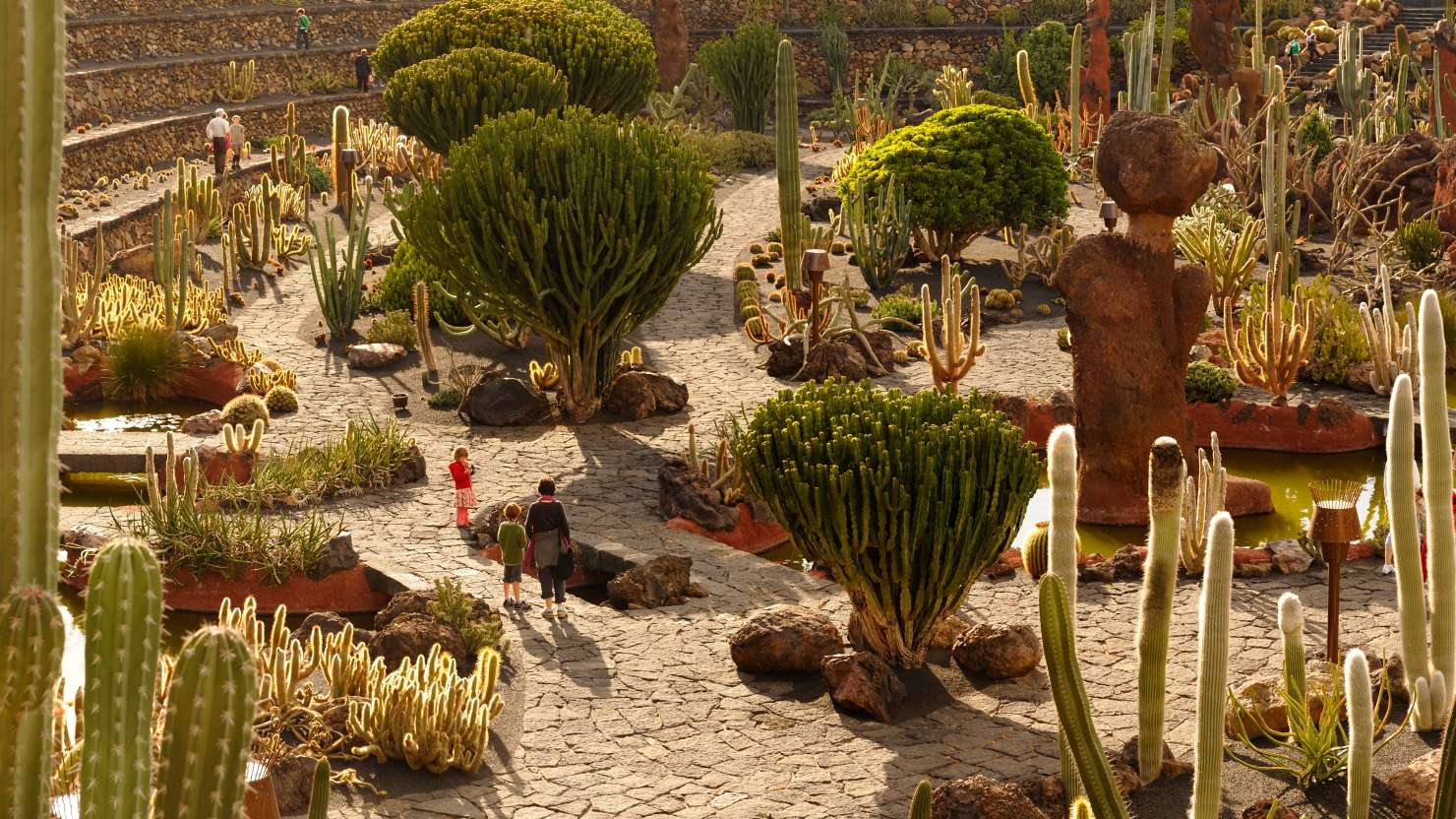What's new for winter 27/28
Explore more on Destinations

Travel and lifestyle photographer Zoë Timmers @zobolondon zooms in on Lanzarote to discover an island of stunning surprises
I knew very little about this island before my visit. There’s sun, there’s sea, of course, but there’s also a wealth of history and culture that I really wasn’t expecting. And the volcanic landscapes blew me away. The vast moonscapes of solidified lava leading down to stunning beaches have to be seen to be believed.

It’s a cliché, but there really is something for everyone on Lanzarote. Of course, you can relax on the beaches but lots of walkers, adventurers and cyclists are drawn to the wild landscapes inland to explore soaring hills and dramatic canyons. It’s also known as the ‘European Hawaii’, so you get a lot of surfers on the more remote sweeping beaches in the north. And if you’re in search of peace, you’ll find it in the quiet villages, tapas bars and secluded coves around the island. You can really get away from it all if you want to.
I loved the sense of space on the island. The black volcanic terrain, the whitewashed villages dotting the landscape, and the lush greens of cacti, aloe vera and vineyards… And wherever you go, giant sculptures pop up in unexpected places. It’s all very dramatic and a photographer’s dream.

There’s a distinct aesthetic thanks to the influence of the local legend, artist and architect César Manrique. He reimagined this strange and stunning place. The César Manrique Foundation, Jardín de Cactus and the Mirador del Río are astonishing. However, my favourite Manrique creation has to be Jameos de Agua, a breathtaking fantasy grotto. It involves a volcanic tunnel (one of the longest in the world at 6 kilometres), a series of sunken caves (jameos) and a lake that looks almost translucent. You’re then led into an area of tropical plants and a swimming pool so special that no amount of money will buy you a swim in it. Harmony and creativity ooze out of this place – Rita Hayworth called it ‘the Eighth Wonder of the World’ for good reason.

Bustling Arrecife is great for pottering around and is full of lovely surprises. I strolled along the promenade then out along the sea wall to Castillo de San Gabriel. It’s especially lovely when the tide is in, and there’s a great view back to the city. The seawater lagoon the Charco de San Ginés is very picturesque, too. It’s filled with cute little boats and surrounded by white houses. You’ll also find some great restaurants and cafés around the lagoon. I’m a big fan of the island’s café-con-leche-with-a-pastry culture.
And don’t miss Teguise. The charming whitewashed town was the island’s capital until 1852, its inland location favoured to avoid pirate attacks. The Pirate Museum is just one feature of Santa Bárbara Castle, which sits high on Mount Guanapay overlooking the town. This is the only point on the island where you can see the sea on both sides. The little cobbled side streets off the main square host some very cool tapas spots. Look out for one called Queso Project. I tried a variety of delicacies while chatting away to locals.

You’ve got to make a stop in the island’s winegrowing region La Geria. The setting, on the outskirts of the Timanfaya National Park amidst swathes of lava Badlands and extinct volcanoes, is spectacular for starters. The way locals cultivate their wines on the edge of the volcanic fields is extraordinary. They plant each vine in a semi-circular pit filled with soil and then cover each one with layers of volcanic ash called picón to lock in moisture. A small stone wall, the soco, protects the vine from the wind. Set out in their thousands, these honeycomb-like vineyards are works of art. I visited the centuries-old Bodegas Rubicón to sample the wines made with Volcanic Malvasia, one of the oldest white grape varieties in the world. Sitting outside with a glass of crisp, dry white watching the sun set over the volcanoes was an experience I won’t forget.

of
Don’t miss out! Sign up for latest news, offers and competitions from P&O Cruises.